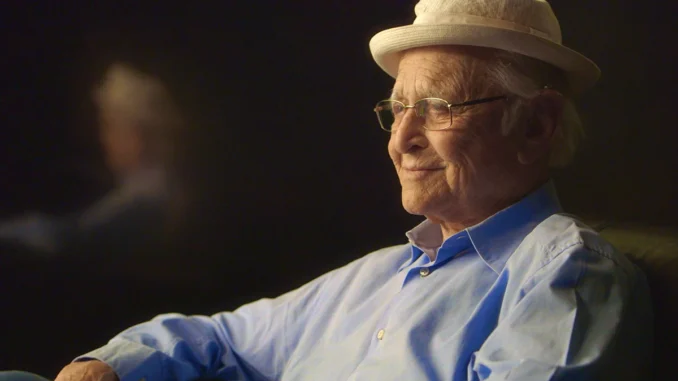
From “Diff’rent Strokes” to “The Facts of Life,” disabled characters always inhabited Lear’s worlds
Norman Lear changed television in so many ways, but something that often gets ignored is what he did for disabled performers and discussions of disability. Television, as a medium, has been just as fraught with inauthentic portrayals of disability as film but, overall, you’ve probably seen more characters with disabilities on the small screen than the big one — and an early proponent of that was Lear.
Lear’s television shows often spotlighted disabled characters in ways that were not only real (and comedic), but were played by actual disabled people. In a 2020 interview I conducted with Lear, he explained that growing up in Hartford, Connecticut, disability was not unknown to him. But it’s one thing to know people with disabilities and it’s another to put them in your series.
But that’s what Lear did, starting with the casting of comedienne Geri Jewell in “The Facts of Life.” Jewell played the affable cousin with cerebral palsy to the snooty Blair (Lisa Whelchel) and what makes the character stand out, even today, is just how funny and charismatic she is. She’s flirtatious and, if anything, makes the audience wonder why Blair kinda sucks. Lear based a lot of the character on Jewell herself, having seen her perform in a comedy club and being enchanted by her smile and laugh. It’s unfortunate that Jewell wasn’t able to continue playing the character in a proposed spin-off, entitled “Here’s Geri,” due to regime changes at the network.
Another Lear casting that turned into an opportunity to explore disability was the hiring of wheelchair user Melanie Watson to play Kathy Gordon, a playmate of Gary Coleman’s Arnold on “Diff’rent Strokes.” Watson, who initially starred on a failed Lear series called “The Baxters,” had the role of Kathy written especially for her. “I’m proud of Norman for going against the norm and doing something,” Watson told me in that same 2020 interview. Though she’s no longer an actress these days, she admitted at the time that had she known the impact of being one of the few disabled characters on-screen at the time she might have stuck with it.
And, make no mistake, Lear didn’t get it right 100% of the time. Watson told me that the scripts for her appearances on “Diff’rent Strokes” weren’t great for her. An episode where the character had to walk with crutches was not something she wanted to do. A 1977 episode of Lear’s “Good Times” entitled “Breaker, Breaker” focuses on a relationship Ralph Carter’s character, Michael, has with a girl he knows through the CB radio as Fun Girl that veers a bit into the ableistic trope of using the disabled to appreciate an able-bodied person’s life.
But it’s the fact that Lear wanted to highlight these stories at all is the true miracle. Interestingly, the same year the “Breaker, Breaker” episode of “Good Times” dropped, was the same year a group of disabled activists took over the San Francisco Federal Building to protest for their rights; you can see the whole story play out in the documentary “Crip Camp.” When I asked Lear if that episode was an intentional callback he chucked and said, “Entirely an example of good and fortuitous timing.”
I want to highlight something else about “Breaker, Breaker.” Yes, actress Sharon Brown, who plays Fun Girl, is not a disabled performer. But in a landscape where disability portrayals remain focused on white men, having a Black teenage girl playing a disabled character in the late 1970s is truly groundbreaking. Hell, we can barely get disabled characters on-screen today! The character is flawed, but I can only imagine what Black disabled teens though when they first saw her.
And there is still an air of timeliness and relevance to Lear’s disabled characters, even when they fall into tropes. Kathy is spunky and doesn’t take guff from Arnold. When I watched the episode for the first time in 2020, she reminded me a lot of myself as a child. Watching Geri Jewell upend the private school lives of Blair and her friends often showcased how Blair and the rest of them had their own preconceived notions about disability they had to work through.
Norman Lear laid the groundwork for disability representation. He did what he could within his time period, but considering how far we still have to go, watching the disabled characters in his TV shows feels like its own miracle.
